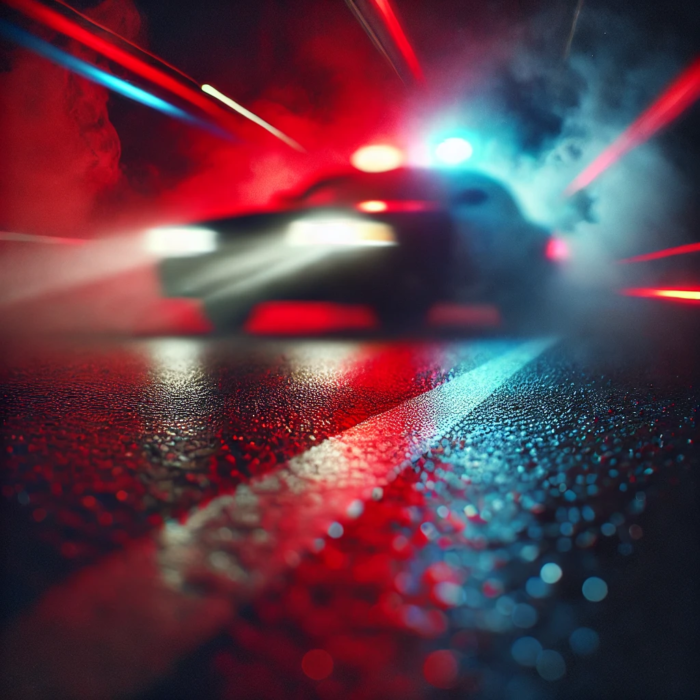
Minneapolis is once again at the center of a public safety crisis following a violent 20-hour stretch that left five people dead and two more injured in the city’s Phillips neighborhood. The recent surge in Minneapolis gun violence has reignited concerns about gang activity, police response, and the well-being of vulnerable communities—especially Native American residents who were most affected by the shootings.
Authorities report that the incidents occurred within just three blocks of each other, a chilling pattern that points to possible connections between the events. Minneapolis Police say the shootings may be gang-related, but no suspects have been arrested. The department is working with federal agencies to investigate any links and to determine whether retaliation could play a role in future violence.
“This is not normal,” said Mayor Jacob Frey at a press conference Wednesday afternoon. “We grieve with the families of the victims and are doing everything in our power to stop this cycle of bloodshed. The surge in Minneapolis gun violence is unacceptable.”
The first shooting occurred late Tuesday evening. Within hours, additional calls for help flooded emergency services. Witnesses described chaotic scenes, with residents ducking for cover and families running for safety. Multiple homes and vehicles were struck by gunfire. Police are urging anyone with information to come forward.
Community leaders say the neighborhood, already struggling with economic hardship, housing instability, and limited access to mental health care, is overwhelmed. “It feels like we’re being forgotten,” said Marie Red Cloud, a local organizer and member of the Native American community. “We need culturally competent support, trauma services, and most of all—we need this violence to stop.”
Minneapolis has seen rising gun-related crimes in recent years, despite overall reductions in property crimes and thefts. According to city data, firearm-related homicides have nearly doubled since 2019. Experts cite a complex mix of poverty, social disconnection, and a lack of investment in youth programs as contributing factors.
City Council Member Jason Chavez, who represents the Phillips area, called for urgent investments in both public safety and social infrastructure. “We cannot police our way out of this crisis,” he said. “It will take intervention programs, community partnerships, and economic opportunities to reverse the tide of Minneapolis gun violence.”
Meanwhile, residents are left to pick up the pieces. Schools in the area have offered counseling services to students, and nonprofit groups are organizing neighborhood vigils for the victims. There is a growing call for both immediate protection and long-term solutions.
As spring turns to summer—typically the most dangerous season for urban violence—many are bracing for what comes next. Minneapolis officials say they will increase patrols in the area and expand their violence prevention efforts. But for many in the Phillips neighborhood, trust must be rebuilt before hope can return.


